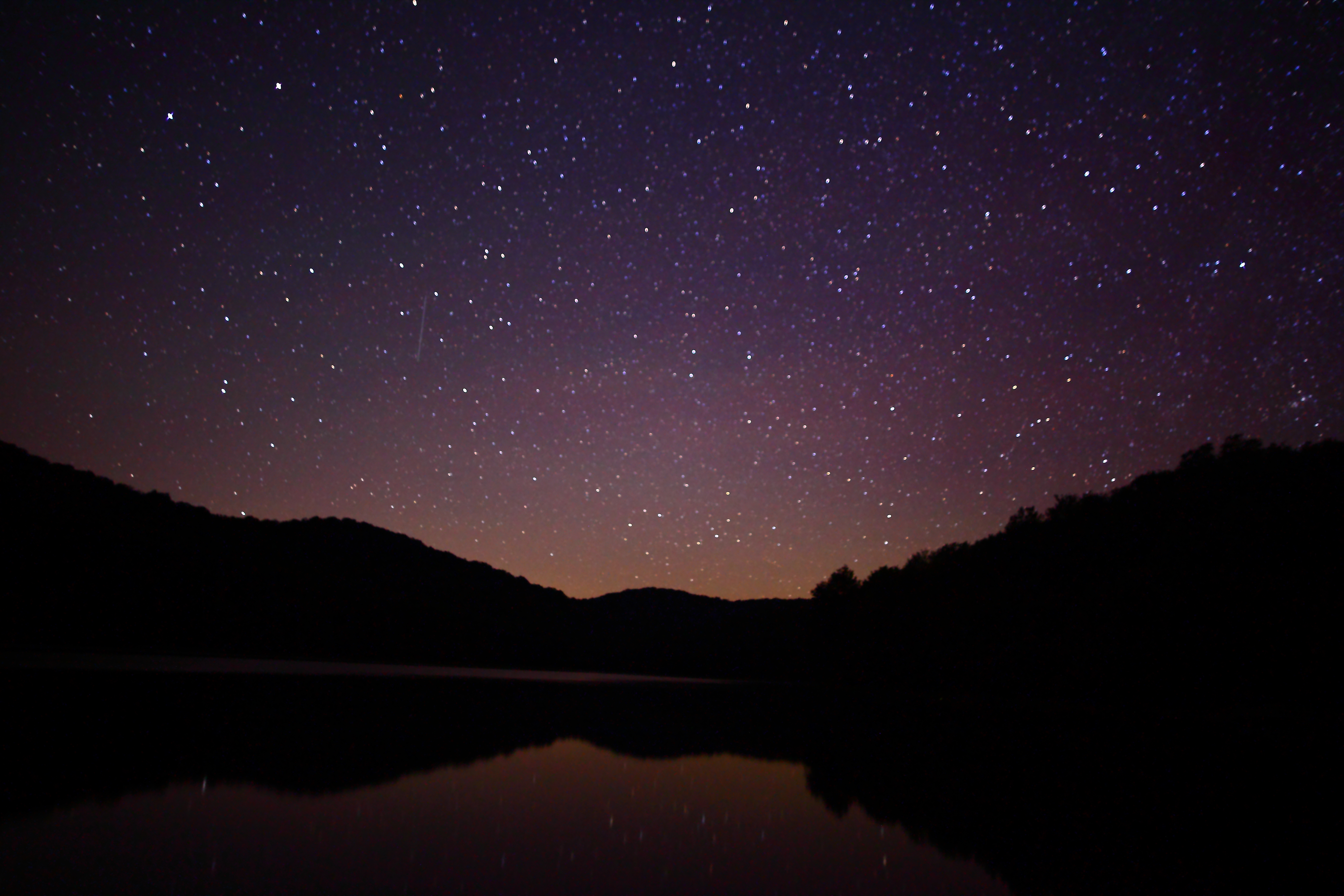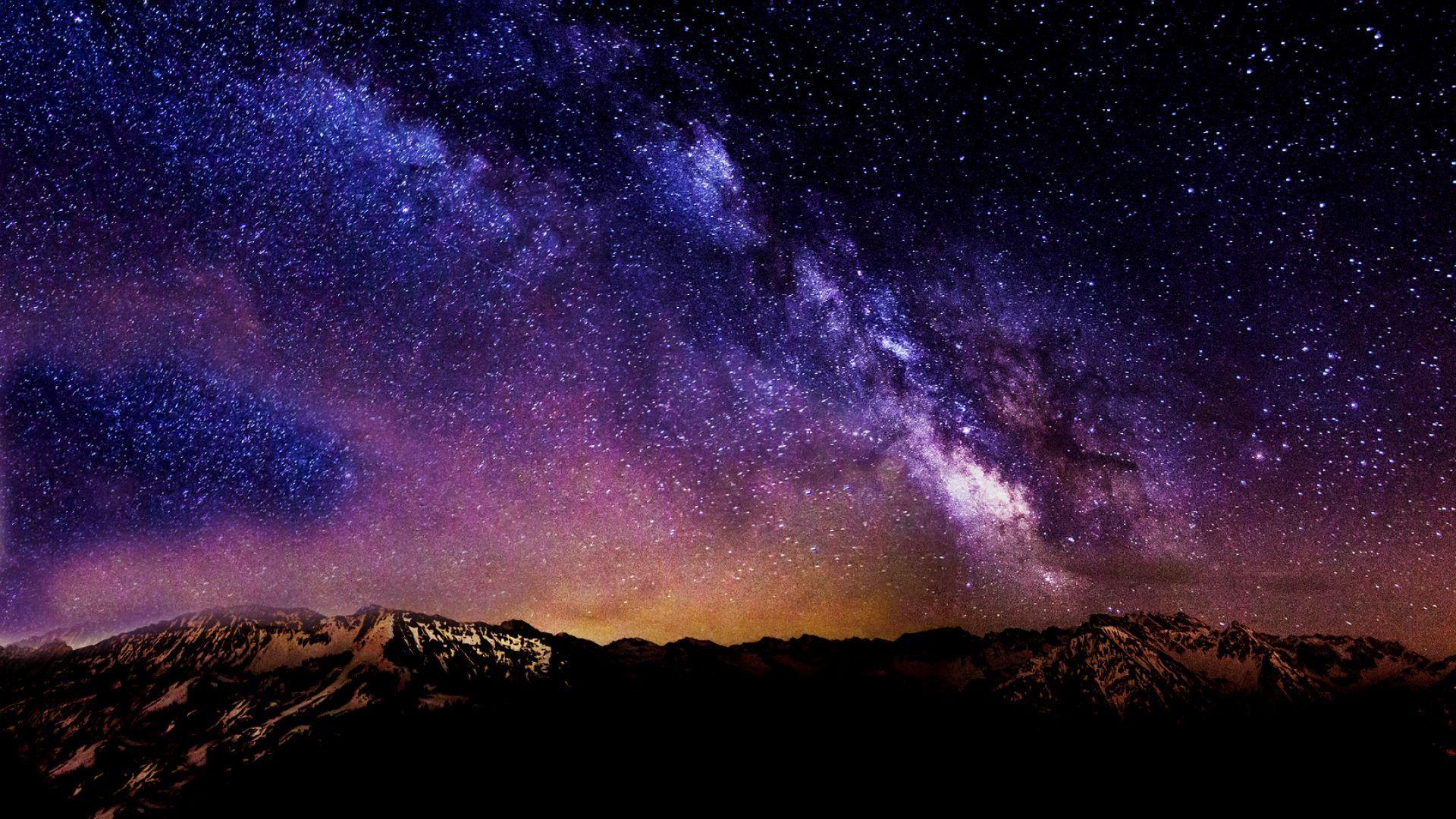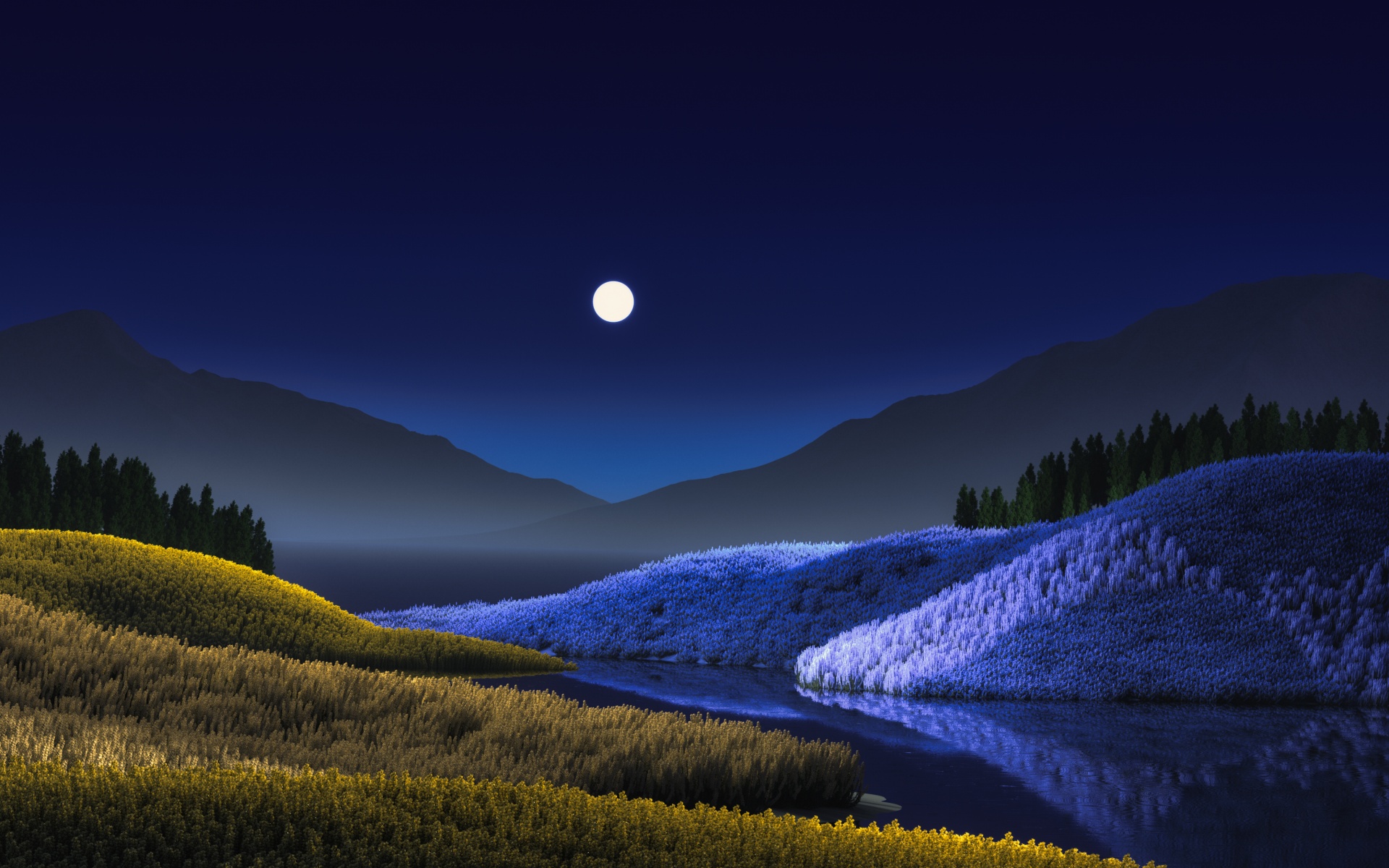🤖 AI-Generated Content
This content has been created using artificial intelligence. While we strive for accuracy, please verify important information independently.
The very mention of "Night Stalker" brings a chill, a feeling that, for many, still lingers in the air. It’s a name tied to a period of intense fear and uncertainty in California, a time when the darkness outside seemed to hold a new, unsettling meaning. People wondered, so, what could happen once the sun went down? This era, in the mid-1980s, truly changed how folks thought about their own safety, particularly when night arrived. It was a period where the usual comfort of home felt a bit less secure, where the quiet hours of evening became something to dread.
For those who lived through it, the memory of Richard Ramirez’s terrifying actions remains a stark reminder of vulnerability. His crimes, carried out under the cover of night, left a trail of deep sorrow and public alarm. The media coverage, as a matter of fact, kept everyone on edge, detailing the unfolding events and the relentless search for the person responsible. It felt like a collective breath held, waiting for some kind of resolution to this widespread fear that had settled over communities.
When we consider the evidence that helped bring this period of terror to an end, certain elements stand out. Among these, the visual records, the very images captured at the sites where these awful things happened, play a significant part in understanding the story. These are not things for casual viewing, you know, but they offer a glimpse into the methodical work of those trying to piece together a horrifying puzzle. They represent the silent witnesses to unspeakable acts, providing clues that eventually led to a capture.
- Ellie Kemper Naked
- Wasmo Telegram Link 2025
- Austin Taylor Adult
- Channetta Valentine
- Teach Me First Honeytoon Free
Table of Contents
- Who Was The Night Stalker - Richard Ramirez?
- Personal Details and Bio Data
- What Was The Impact of The Night Stalker Crime Scene Photos?
- How Did The Night Stalker Crime Scene Photos Aid The Investigation?
- How Do We Process The Realities of Night Stalker Crime Scene Photos?
- What Lessons Can Be Learned From Night Stalker Crime Scene Photos?
- The Lingering Presence of Night Stalker Crime Scene Photos
- Remembering The Victims Through Night Stalker Crime Scene Photos
Who Was The Night Stalker - Richard Ramirez?
Richard Ramirez, a name that became synonymous with fear, was the individual behind the "Night Stalker" moniker. He was a person whose actions brought a period of great distress to communities, especially in California, during the mid-1980s. Born Ricardo Leyva Muñoz Ramirez, his early life, you know, had some very unsettling elements, suggesting a path that was far from typical. He grew up in El Paso, Texas, and reports from those who knew him then often paint a picture of a young person who seemed to drift, perhaps struggling to find a stable footing in the world.
His later move to California marked the beginning of his horrifying crime spree. It was during the quiet hours of the night, when most people felt safe in their homes, that he would carry out his terrible acts. This contrast, between the peaceful daytime and the dreadful nighttime activities, was something that truly puzzled people, as a matter of fact. He would break into homes, targeting individuals seemingly at random, creating a widespread panic that gripped the entire region. The methods he used, and the sheer unpredictability of his attacks, made him a particularly terrifying figure, leaving law enforcement and the public alike struggling to comprehend his motives.
The period of his attacks felt like an unending nightmare for many, with the news of each new incident adding to the collective anxiety. People started taking extreme precautions, locking doors and windows, and even sleeping with weapons nearby, just in case. The very idea of going to bed, something that should bring rest, became a source of worry for so many. His capture, finally, brought a huge wave of relief, though the scars of his reign of terror remained deep within the affected communities.
- The Corner Store
- Lukas Nelson Talks About His Relationship With Father Willie Nelson
- Aditi Mistry Nipples
- Telegram Wasmo Somali
- Kelly Paniagua Bio
Personal Details and Bio Data
To give you a clearer picture of the person known as the Night Stalker, here are some key details about Richard Ramirez.
| Full Name | Ricardo Leyva Muñoz Ramirez |
| Date of Birth | February 29, 1960 |
| Place of Birth | El Paso, Texas, USA |
| Date of Death | June 7, 2013 |
| Place of Death | Greenbrae, California, USA |
| Cause of Death | Complications from B-cell lymphoma |
| Known For | Serial killer, rapist, burglar |
| Period of Activity | June 1984 – August 1985 |
| Victims | 13 murders, 5 attempted murders, 11 sexual assaults, 14 burglaries |
What Was The Impact of The Night Stalker Crime Scene Photos?
The visual records taken at the sites of the Night Stalker's crimes, the very night stalker crime scene photos, carried a weighty impact, not just for the people working the case, but for the wider public too. These images, you know, are not something to view lightly; they serve as stark reminders of the violence that occurred. For investigators, they were absolutely essential tools, offering a fixed, unchanging record of the scene as it was found. They allowed detectives to revisit details, to piece together sequences of events, and to spot patterns that might not have been obvious in the moment. It was almost like having a window back in time to the very moments after the dreadful acts.
Beyond the practical use for law enforcement, the existence of these night stalker crime scene photos also had a profound effect on the general public. While most people never saw the actual images, the knowledge that such visual evidence existed contributed to the chilling atmosphere of the time. The idea that these terrible events were documented, that there was concrete proof of the destruction left behind, made the threat feel all the more real and immediate. It helped shape the collective memory of that period, reinforcing the widespread fear that gripped communities.
In a way, these visual records became part of the story, a silent testament to the horror. They underscored the seriousness of the situation for everyone involved, from the families affected to the officers working tirelessly to catch the person responsible. The sheer weight of what these night stalker crime scene photos represented was immense, helping to convey the scale of the devastation and the urgent need for justice. It was a visual confirmation, you know, of the very real danger that had invaded people's lives.
How Did The Night Stalker Crime Scene Photos Aid The Investigation?
The night stalker crime scene photos played a truly central role in the efforts to find and stop Richard Ramirez. For the detectives, these images were like silent narrators, telling a story about each incident without words. They captured specific details, like the arrangement of items in a room, the points of entry and exit, and any marks left behind. This careful documentation allowed investigators to build a comprehensive picture of each crime, even days or weeks after it happened. It was a way to preserve the fleeting moments of a scene, ensuring that no small clue was lost.
One of the main ways these night stalker crime scene photos helped was by allowing for cross-referencing between different incidents. By comparing images from various locations, law enforcement could start to identify patterns or unique signatures left by the attacker. For instance, if a certain type of item was always disturbed in a similar way, or if a particular method of entry was consistently used, these photos would highlight those commonalities. This was crucial for linking seemingly isolated events to a single individual, building a profile of the person they were looking for. It helped them understand the attacker's habits, you know, which was a big step forward.
Furthermore, these visual records were invaluable for presenting evidence in court. They provided a clear, undeniable representation of the scenes for juries and judges. While disturbing, they offered concrete proof of the events as they unfolded, supporting witness testimonies and forensic findings. The night stalker crime scene photos became a vital part of the prosecution's case, helping to establish the truth of what happened and ultimately leading to Ramirez's conviction. They helped ensure, you know, that justice could be served based on solid evidence.
How Do We Process The Realities of Night Stalker Crime Scene Photos?
Processing the realities captured in night stalker crime scene photos is, quite honestly, a deeply challenging task. For those who work with such images, like forensic specialists or law enforcement, it means separating the emotional impact from the objective details needed for an investigation. They must look past the horror to see the clues, the patterns, and the information that can lead to answers. It requires a certain kind of mental fortitude, you know, to focus on the technical aspects while confronting the human tragedy.
For the wider public, the concept of these images, even without seeing them, can be unsettling. It forces us to confront the darker side of human behavior and the fragility of life. The knowledge that such visual records exist serves as a stark reminder of the events, and it can be hard to reconcile the idea of such violence with the everyday world. It makes one think about the nature of evil, and how it can manifest, which is a very heavy thought, to be honest.
In a broader sense, these photos represent a historical record, a permanent mark of a specific period of fear and the efforts made to overcome it. They are a part of the narrative of the Night Stalker case, contributing to the complete picture of what happened. While their content is difficult, their existence underscores the importance of thorough documentation in solving serious crimes and bringing some measure of closure to those affected. They are, in some respects, a testament to the dedication of those who worked to stop the terror.
What Lessons Can Be Learned From Night Stalker Crime Scene Photos?
Looking at the role of night stalker crime scene photos, even indirectly, offers several important lessons. One key takeaway is the absolute importance of meticulous evidence collection and preservation. Every detail, no matter how small, can become a vital piece of the puzzle. These images show how careful documentation helps build a strong case, ensuring that justice can be pursued effectively. It teaches us, you know, about the critical nature of police work in its most fundamental form.
Another lesson revolves around the power of visual evidence in telling a story. While words can describe, a picture often conveys a situation with an undeniable clarity that words alone might struggle to achieve. These photos, in their silent way, communicated the reality of the crimes to investigators and, eventually, to the courts. They highlight how visual records can bridge gaps in understanding, providing a direct link to the events as they happened. It’s a powerful reminder of how important it is to capture things accurately.
Finally, the existence of these night stalker crime scene photos reminds us of the enduring impact of such events on communities and individuals. They stand as a testament to the suffering endured by victims and their families, and the collective trauma experienced by a region. They also serve as a reminder of the dedication of law enforcement and the collective will to overcome such periods of darkness. It makes you think about how communities come together, even in the face of truly awful things, to find strength and to heal, which is pretty amazing, actually.
The Lingering Presence of Night Stalker Crime Scene Photos
Even after many years, the presence of night stalker crime scene photos, or at least the idea of them, continues to have a lasting effect on how people remember the events of that time. These images, though rarely seen by the general public, contribute to the historical record and the collective memory of a period when a great fear settled over California. They remind us of the real human cost of such terrible acts and the relentless pursuit of justice that followed. It's a bit like a shadow that remains, a permanent part of the story.
For those involved in the investigation, or for the families of the victims, these photos represent a tangible link to a past that can never be fully erased. They are a part of the evidence that secured a conviction, offering a sense of finality to a long and painful ordeal. The very existence of such detailed visual records helps ensure that the events are not forgotten, and that the lessons learned from them continue to be considered in future cases. They are, in some respects, a very real part of the historical narrative.
The concept of these images also plays a role in how we understand the nature of crime and investigation. They show the grim reality that law enforcement officers face when dealing with violent acts, highlighting the difficult and often emotionally taxing work they do. The night stalker crime scene photos, in their quiet way, underscore the seriousness of their duties and the importance of every piece of information gathered at a scene. It really makes you appreciate the work that goes into solving these kinds of cases, you know.
Remembering The Victims Through Night Stalker Crime Scene Photos
While the night stalker crime scene photos are tools for investigation and evidence, they also serve a deeper purpose: they silently help us remember the individuals whose lives were tragically affected. Each image, though focused on the details of a scene, points back to a person, a family, and a community that experienced immense loss. They are a stark reminder that behind every piece of evidence lies a human story, a life that was changed forever. It's a way, in some respects, to acknowledge the very real people involved.
These visual records ensure that the victims are not just statistics in a case file. They are a part of the concrete proof of what happened, lending weight to the memory of those who suffered. For investigators, and for anyone who reviews the case, the photos help to humanize the events, reminding everyone of the profound impact of the crimes. They help to keep the focus on the human element, which is very important when dealing with such difficult material.
Additional Resources
Visual Content



Disclaimer: This content was generated using AI technology. While every effort has been made to ensure accuracy, we recommend consulting multiple sources for critical decisions or research purposes.
